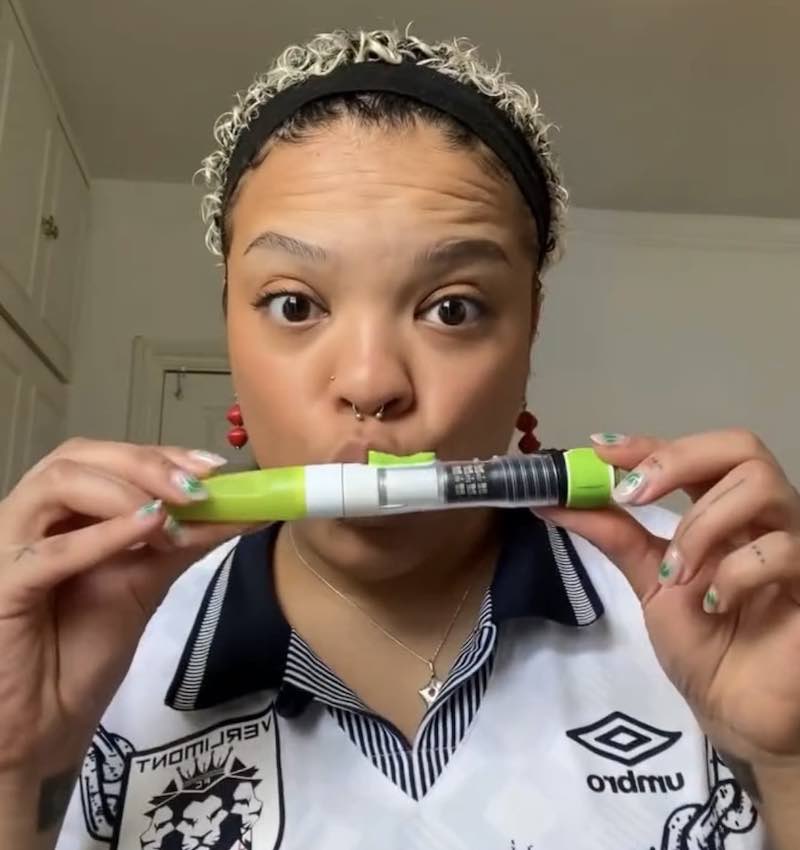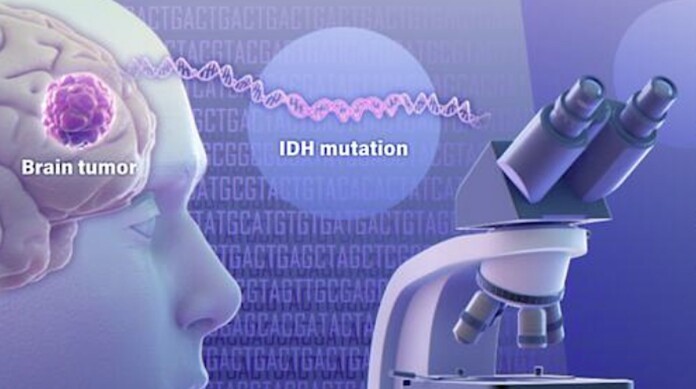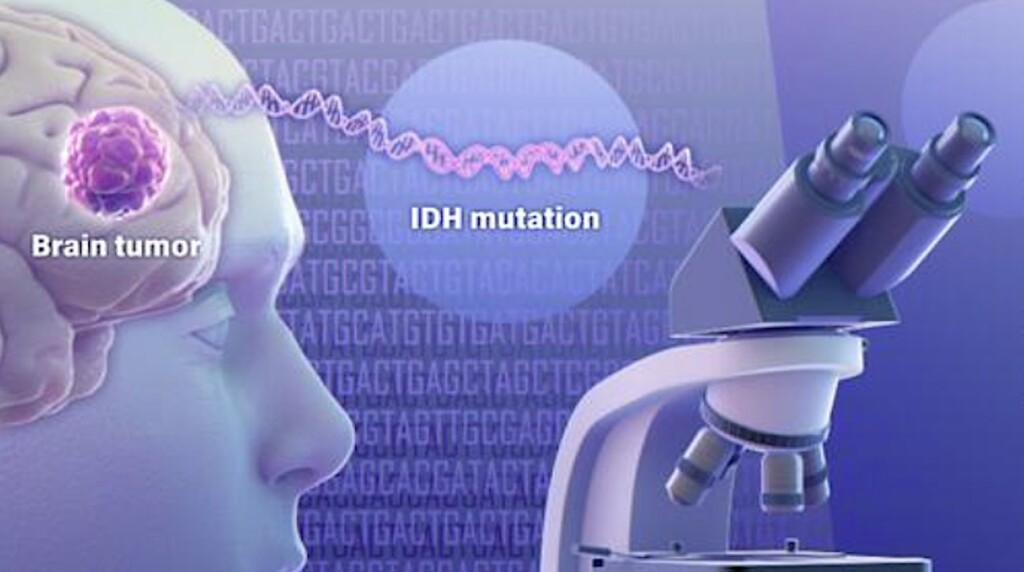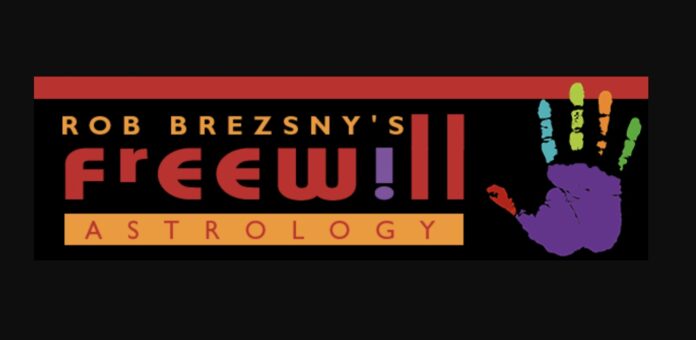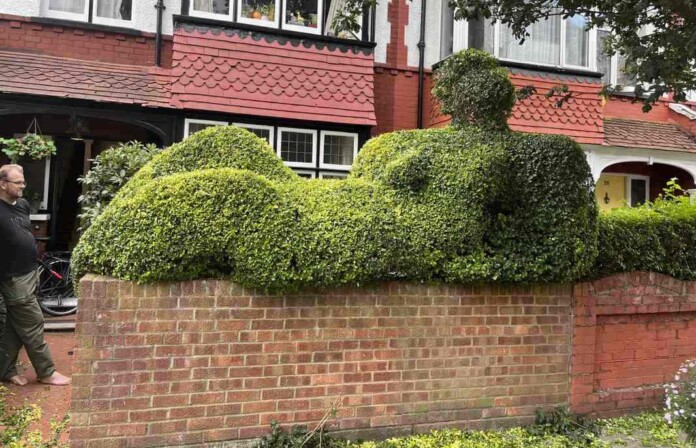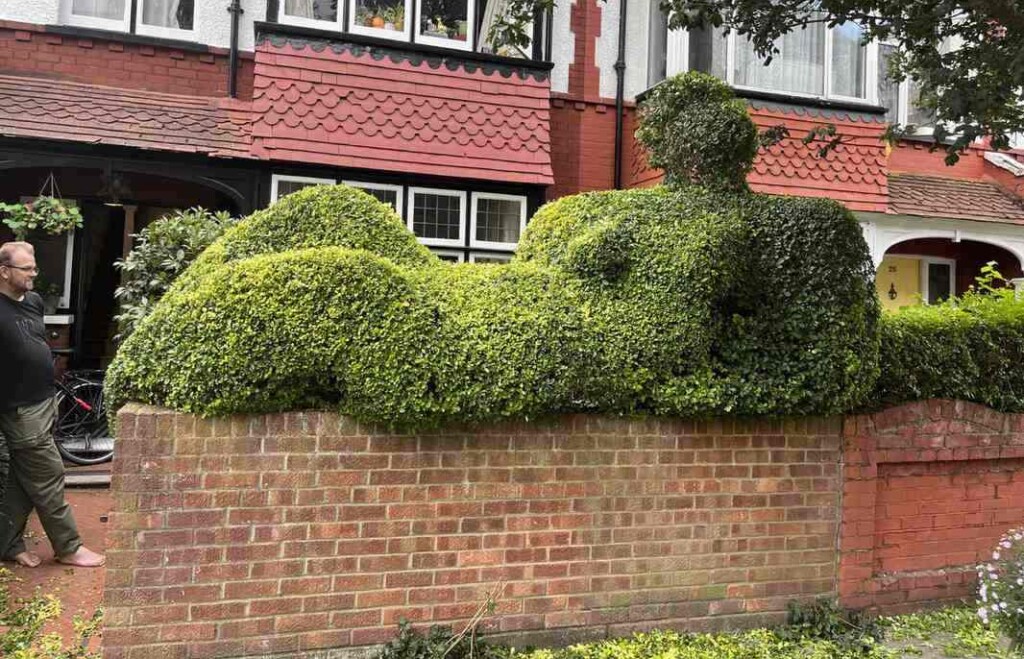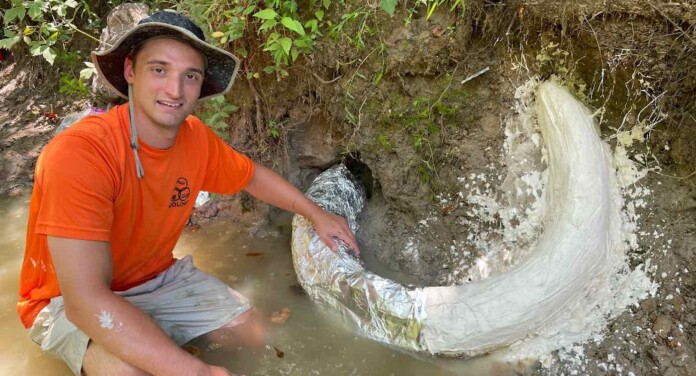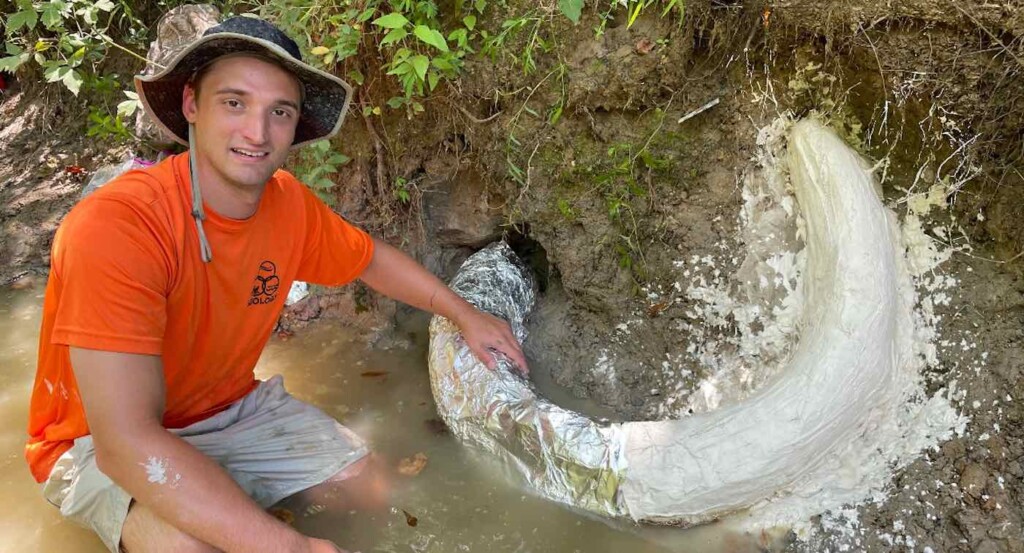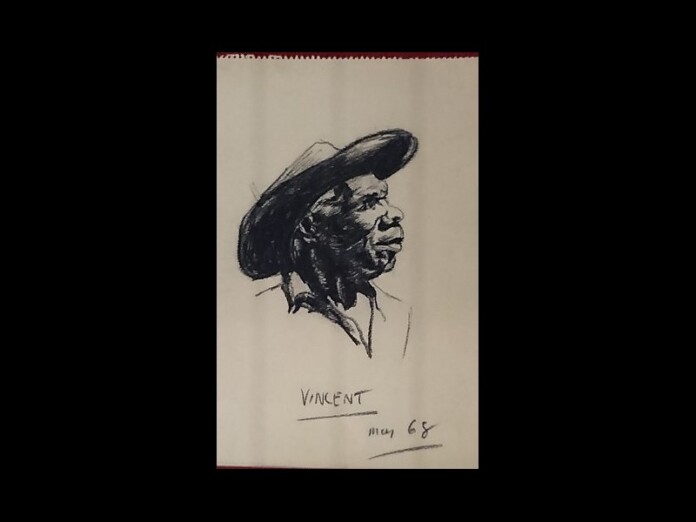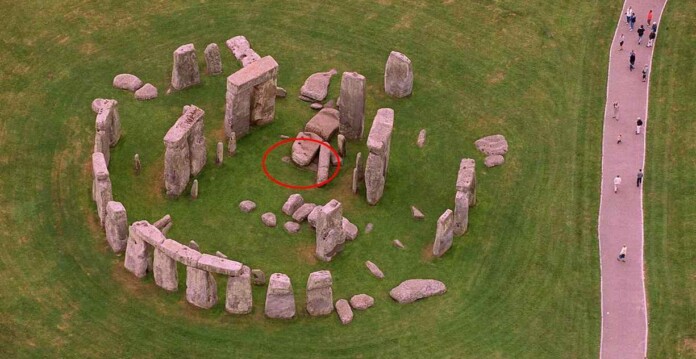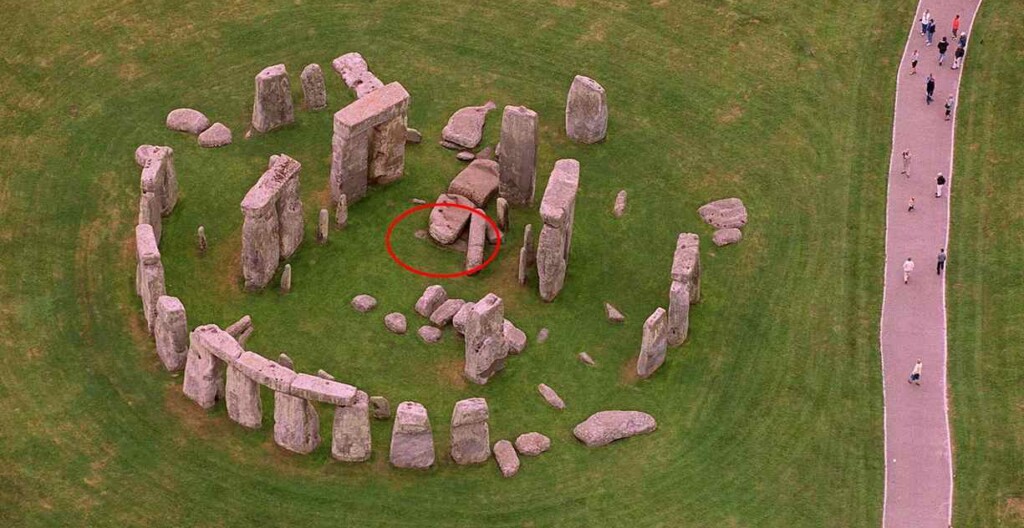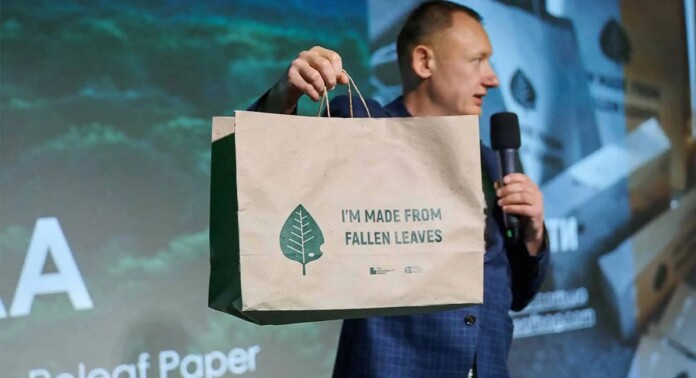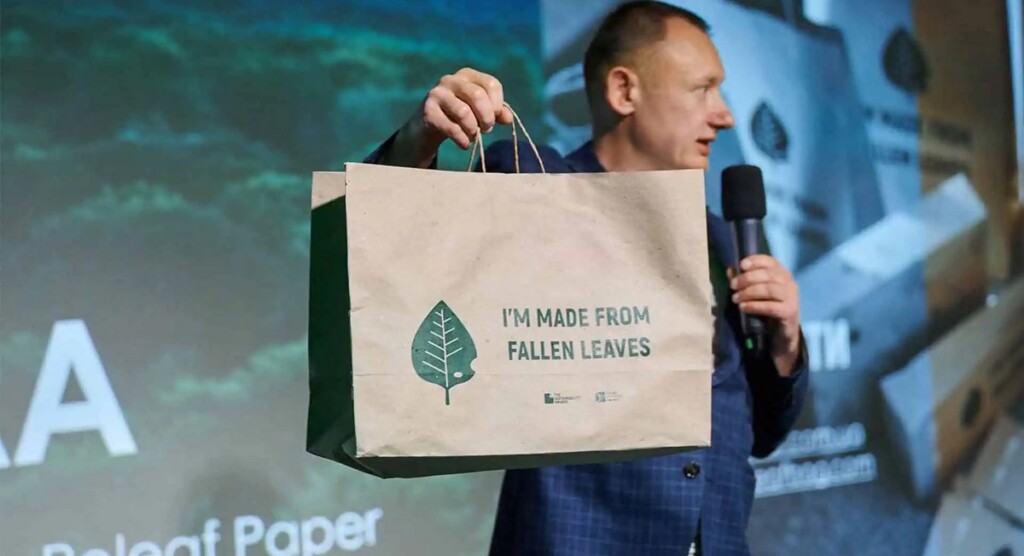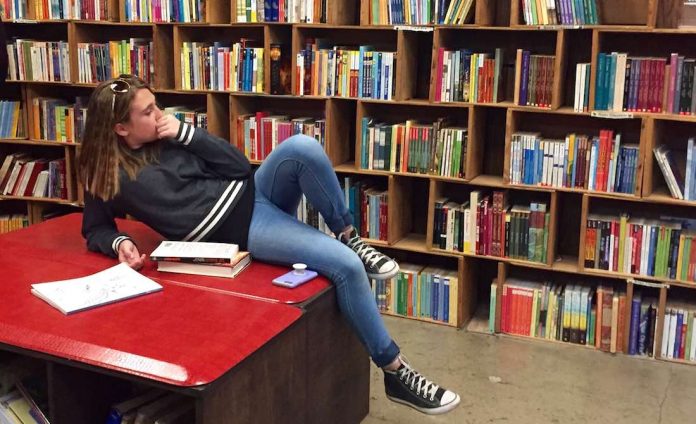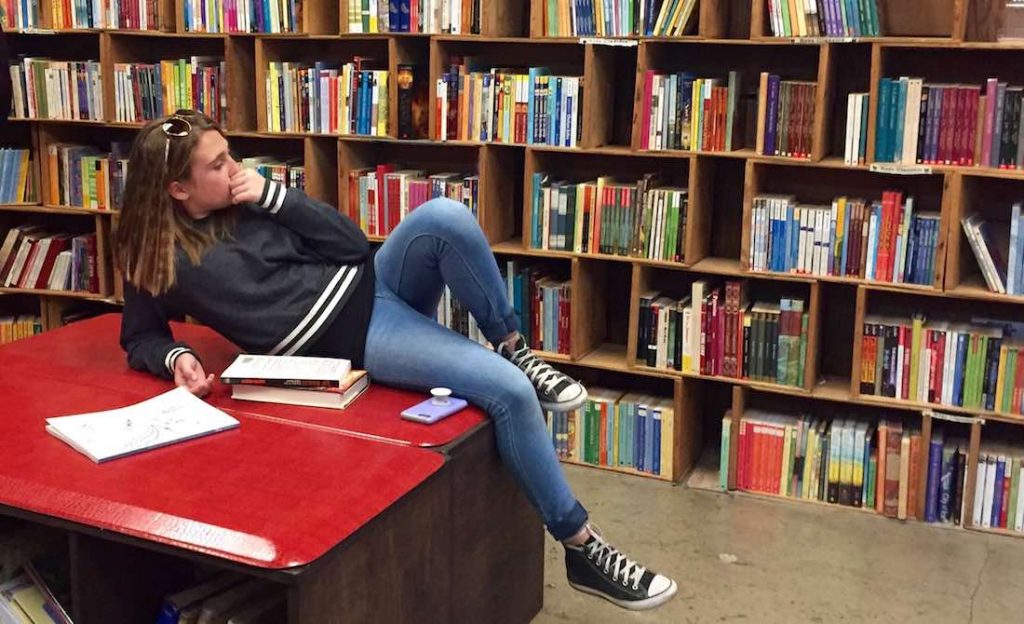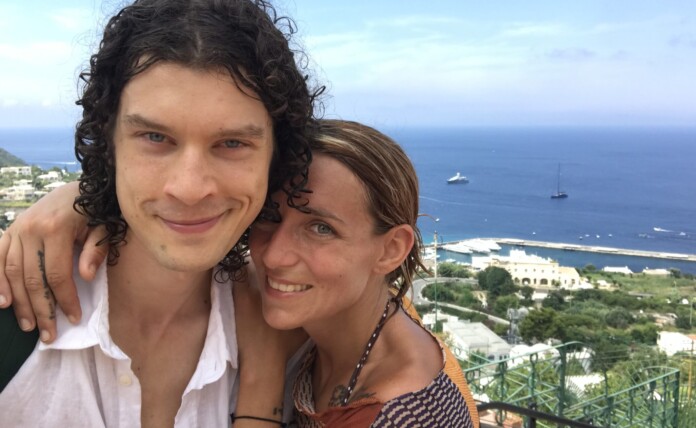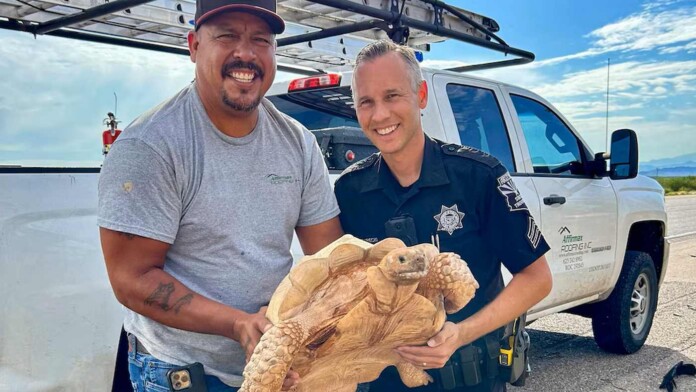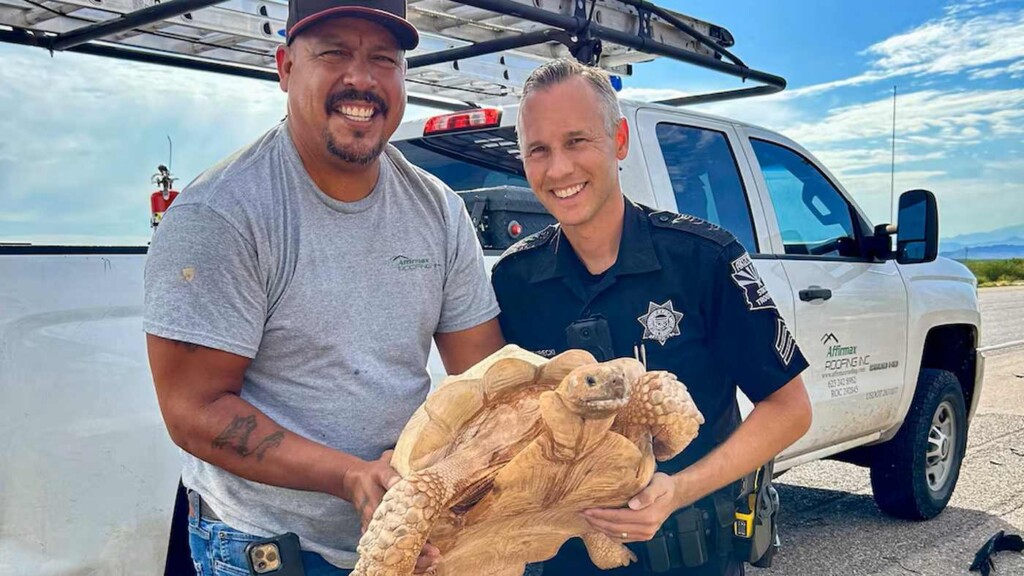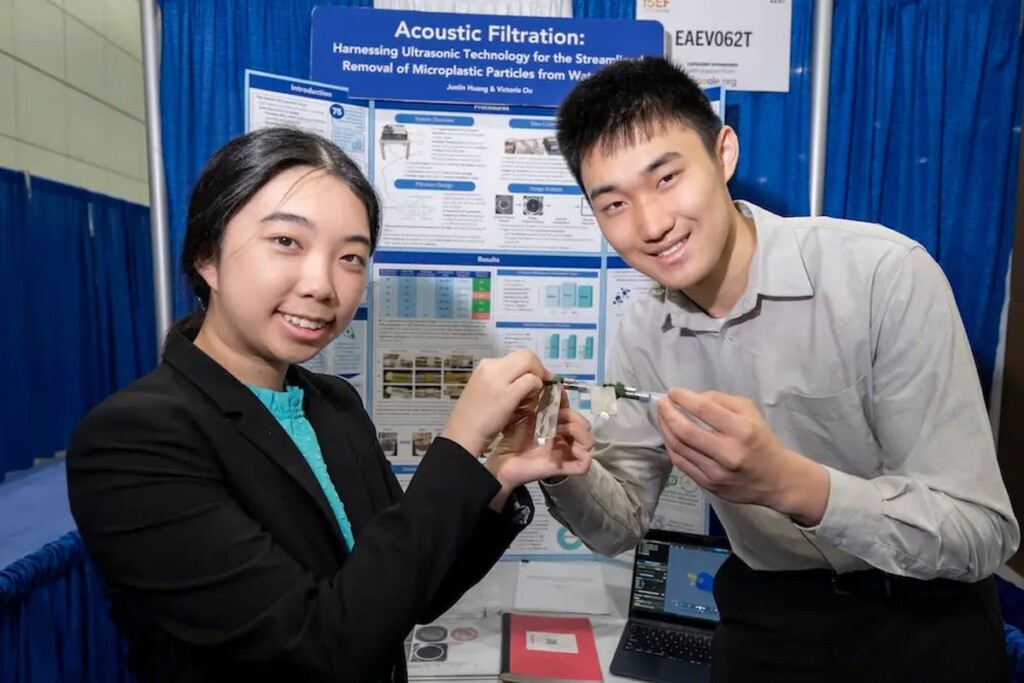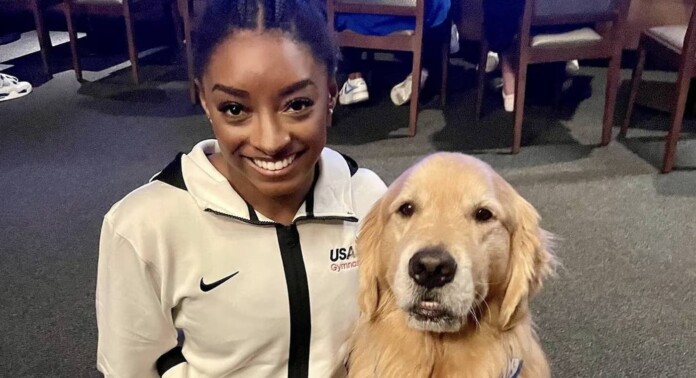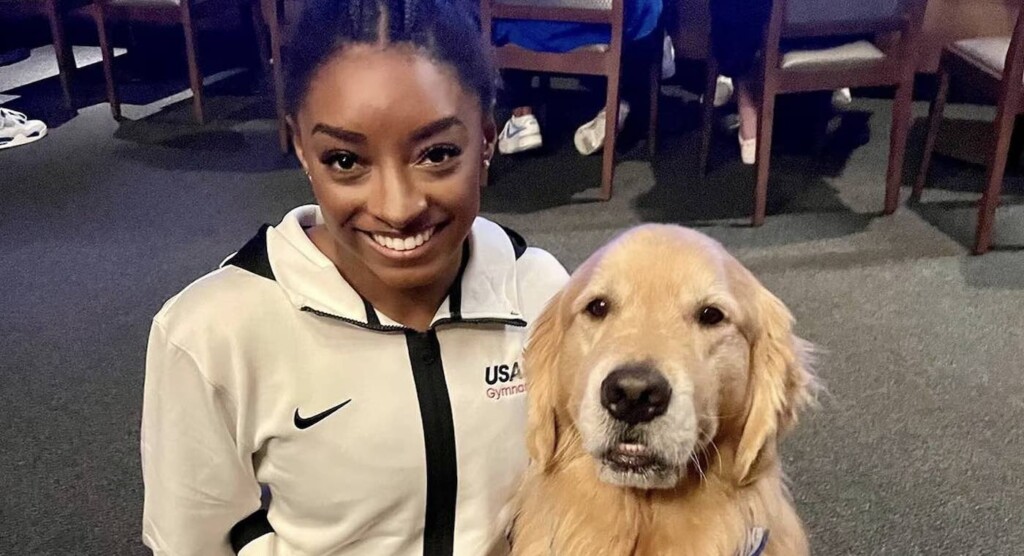Our partner Rob Brezsny, who has a new book out, Astrology Is Real: Revelations from My Life as an Oracle, provides his weekly wisdom to enlighten our thinking and motivate our mood. Rob’s Free Will Astrology, is a syndicated weekly column appearing in over a hundred publications. He is also the author of Pronoia Is the Antidote for Paranoia: How All of Creation Is Conspiring To Shower You with Blessings. (A free preview of the book is available here.)
Here is your weekly horoscope…
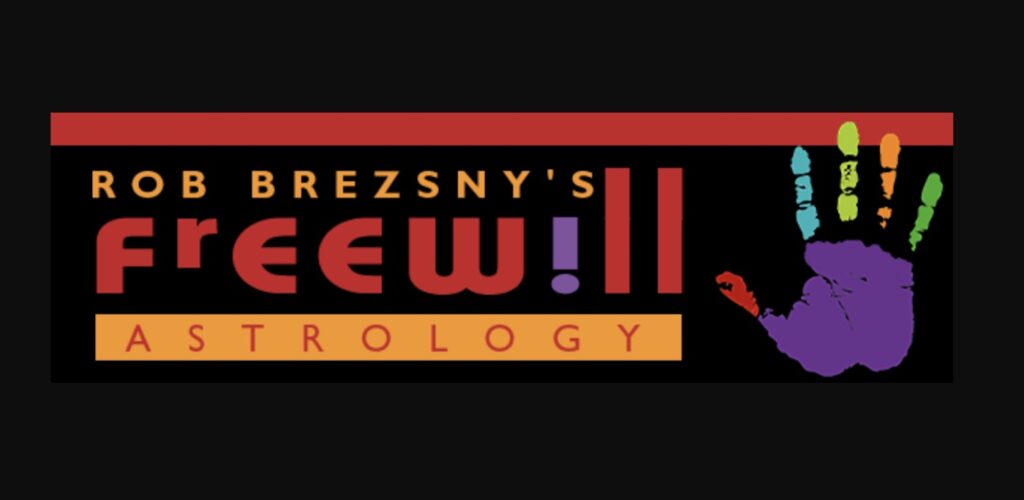
FREE WILL ASTROLOGY – Week of August 17, 2024
Copyright by Rob Brezsny, FreeWillAstrology.com

LEO (July 23-Aug. 22):
The coming weeks will be a wonderful time to waste time on the internet. If you are properly aligned with cosmic rhythms, you will spend long hours watching silly videos, interacting with friends and strangers on social media, and shopping for products you don’t really need. JUST KIDDING!! Everything I just said was a dirty lie. It was designed to test your power to resist distracting influences and mediocre advice. Here’s my authentic counsel, Leo. The coming weeks will be a fantastic phase to waste as little time as possible as you intensify your focus on the few things that matter to you most.

VIRGO (Aug. 23-Sept. 22):
Scientific research suggests that brushing and flossing your teeth not only boosts the health of your gums, but also protects your heart’s health. Other studies show that if you maintain robust microbiota in your gut, you’re more likely to avoid anxiety and depression as you nurture your mental health. The coming weeks will be a favorable time to focus on big-picture thoughts like these, Virgo. You will be wise to meditate on how each part of your life affects every other part. You will generate good fortune as you become more vividly aware and appreciative of the intimate interconnectedness that underlies all you do.

LIBRA (Sept. 23-Oct. 22):
The official term for the shape of a single piece of M&M candy is “oblate spheroid.” It’s rounded but not perfectly round. It looks like a partially squashed sphere. An Iraqi man named Ibrahim Sadeq decided to try the difficult task of arranging as many M&M’s as possible in a vertical stack. He is now the world’s record holder in that art, with seven M&M’s. I am imagining that sometime soon, Libra, you could achieve a comparable feat in your own domain. What’s challenging but not impossible?

SCORPIO (Oct. 23-Nov. 21):
I’ve heard many people brag about their hangovers. The stories they tell are often entertaining and humorous. One of my best laughs emerged in response to two friends describing the time they jumped on the roof a parked Mercedes Benz at 3 am and sang songs from Verdi’s opera Falstaff until the cops came and threw them in a jail cell with nothing to eat or drink for ten hours. In accordance with astrological omens, Scorpio, I ask you to *not* get a hangover in the coming weeks, even an amusing one. Instead, I encourage you to studiously pursue extreme amounts of pleasurable experiences that have only good side effects.

SAGITTARIUS (Nov. 22-Dec. 21):
Most famous musicians demand that their dressing rooms be furnished with specific amenities. Beyoncé needs rose-scented candles. Rihanna expects her preparatory sanctuary to have dark blue or black drapes topped with icy blue chiffon. Eminem insists on a set of 25-pound dumbbells, and the hip-hop band Rae Sremmurd wants Super Soaker water guns. Since the coming weeks may be as close to a rock star phase of your cycle as you’ve ever had, I recommend you create a list of your required luxuries. This imaginative exercise will hopefully get you in the mood to ask for exactly what you need everywhere you go.

CAPRICORN (Dec. 22-Jan. 19):
Sleep deprivation is widespread. I see it as a pandemic. According to some studies, over half the people in the world suffer from insomnia, don’t get enough sleep, or have trouble falling asleep or staying asleep. Most research on this subject doesn’t mention an equally important problem: that many people aren’t dreaming enough. And the fact is that dreaming is key to our psychological well-being. I bring this to your attention, Capricorn, because the coming weeks will be a favorable time to enhance your relationship with sleep and dreams. I encourage you to learn all you can and do all you can to make your time in bed deeply rejuvenating.

AQUARIUS (Jan. 20-Feb. 18):
Only 47 people live on the volcanic Pitcairn Islands, which are located in the middle of nowhere in the South Pacific Ocean. Pollution is virtually non-existent, which is why the honey made by local bees is the purest on the planet. In accordance with astrological omens, I’d love for you to get honey like that in the coming weeks. I hope you will also seek the best and purest of everything. More than ever, you need to associate with influences that are potent, clear, genuine, raw, vibrant, natural, and full-strength.

PISCES (Feb. 19-March 20):
Many Indigenous people in North America picked and ate wild cranberries. But farm-grown cranberries available for commercial use didn’t appear until 1816. Here’s how it happened. In Cape Cod, Massachusetts, a farmer discovered a secret about the wild cranberry bog on his land. Whenever big storms dumped sand on the bog, the fruit grew with more lush vigor. He tinkered with this revelation from nature and figured out how to cultivate cranberries. I recommend this as a teaching story, Pisces. Your assignment is to harness the power and wisdom provided by a metaphorical storm or disturbance. Use it to generate a practical innovation in your life.

ARIES (March 21-April 19):
Years ago, when I worked as a postal delivery person in Santa Cruz, California, I mastered my route quickly. The time allotted to complete it was six hours, but I could easily finish in four. Soon I began to goof off two hours a day, six days a week. Many great works of literature and music entertained me during that time. I joined a softball team and was able to play an entire game each Saturday while officially on the job. Was what I did unethical? I don’t think so, since I always did my work thoroughly and precisely. Is there any comparable possibility in your life, Aries? An ethical loophole? A workaround that has full integrity? An escape clause that causes no harm?

TAURUS (April 20-May 20):
From an astronomer’s perspective, Uranus is huge. 63 Earths could fit inside of it. It’s also weirdly unique because it rotates sideways compared to the other planets. From an astrologer’s point of view, Uranus symbolizes the talents and gifts we possess that can be beneficial to others. If we fully develop these potentials, they will express our unique genius and be useful to our fellow humans. It so happens that Uranus has been cruising through Taurus since 2018 and will mostly continue there until 2026. I regard these years as your best chance in this lifetime to fulfill the opportunities I described. The coming weeks will be especially pregnant with possibilities.

GEMINI (May 21-June 20):
Mountaineer Edmund Hillary is renowned as the first person to climb to the summit of Mt. Everest. It happened in 1953. Less famous was his companion in the ascent, Gemini mountaineer Tenzing Norgay. Why did Hillary get more acclaim than Norgay, even though they were equal partners in the monumental accomplishment? Was it because one was a white New Zealander and the other was Nepalese? In any case, I’m happy to speculate that if there’s a situation in your life that resembles Norgay’s, you will get remediation in the coming months. You will receive more of the credit you deserve. You will garner the acknowledgment and recognition that had previously been unavailable. And it all starts soon.

CANCER (June 21-July 22):
I earn my living as a writer now, but for many years I had to work at odd jobs to keep from starving. One of the most challenging was tapping the sap of Vermont maple trees during the frigid weather of February. Few trees produce more than three gallons of sap per day, and it takes 40 to 50 gallons to create a single gallon of maple syrup. It was hard work that required a great deal of patience. According to my analysis, you Cancerians are in a metaphorically comparable situation these days. To get the good results you want, you may have to generate a lot of raw material—and that could take a while. Still, I believe that in the end, you will think the strenuous effort has been well worth it.
WANT MORE? Listen to Rob’s EXPANDED AUDIO HOROSCOPES, 4-5 minute meditations on the current state of your destiny — or subscribe to his unique daily text message service at: RealAstrology.com
SHARE The Wisdom With Friends Who Are Stars in Your Life on Social Media…

